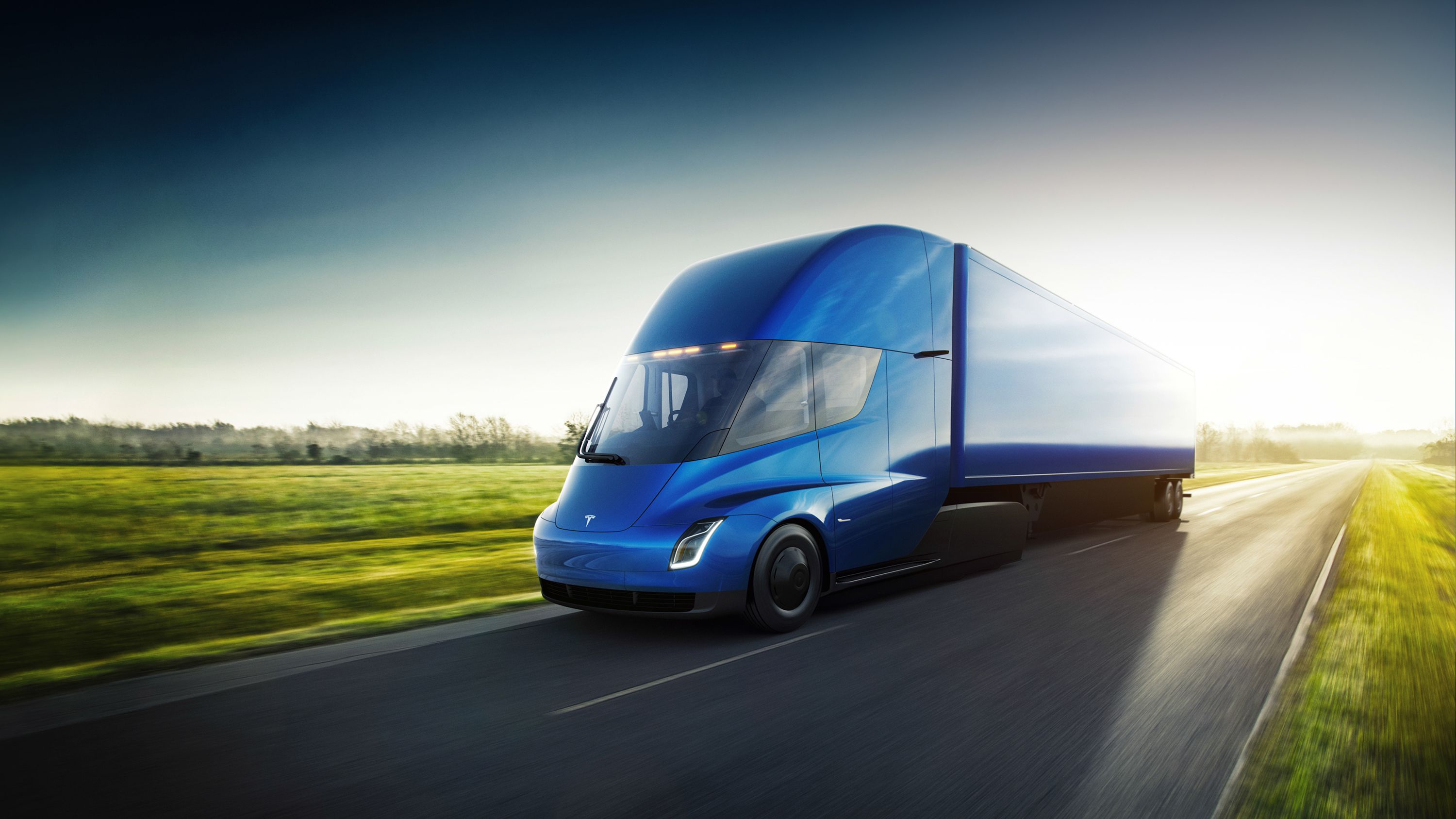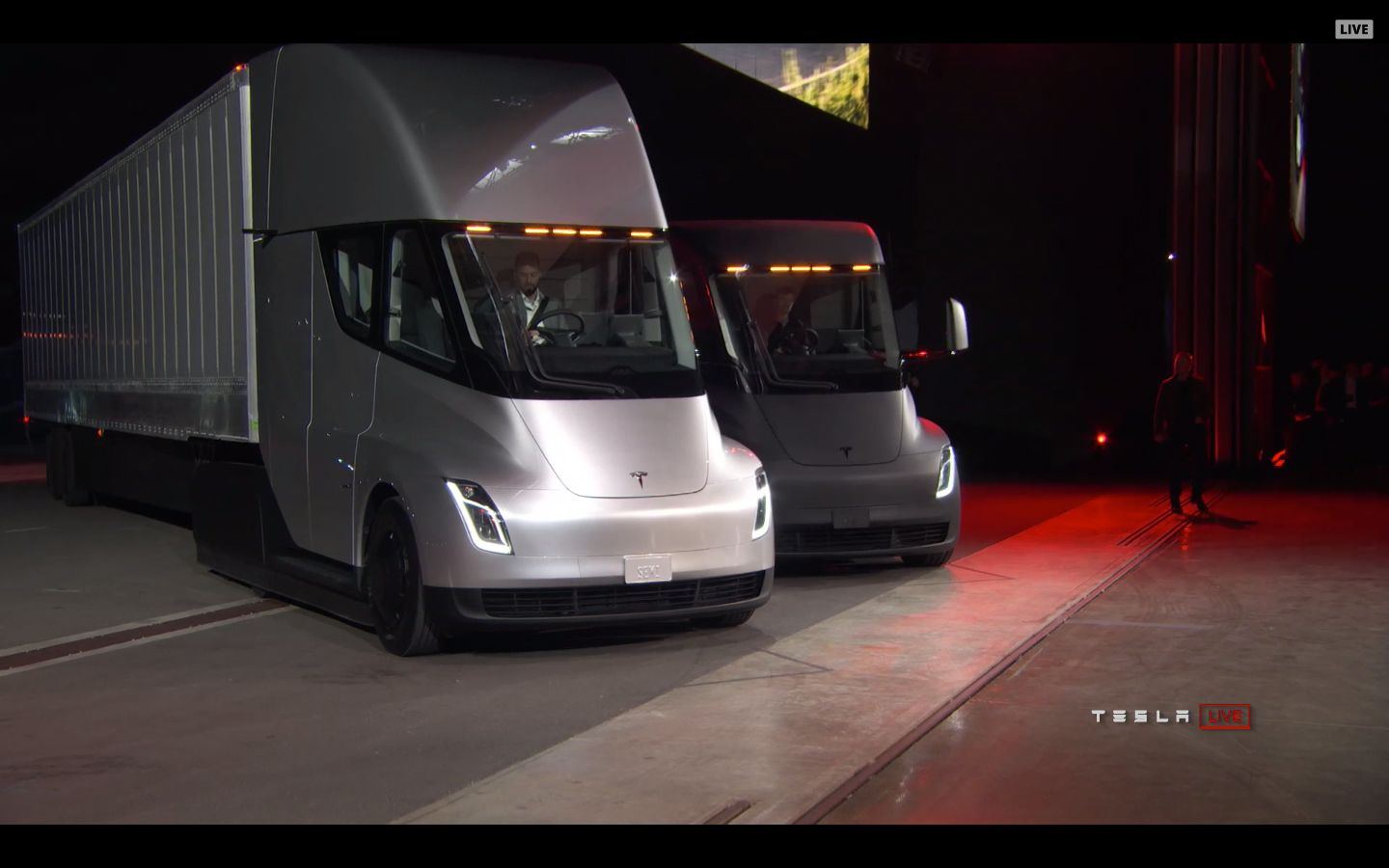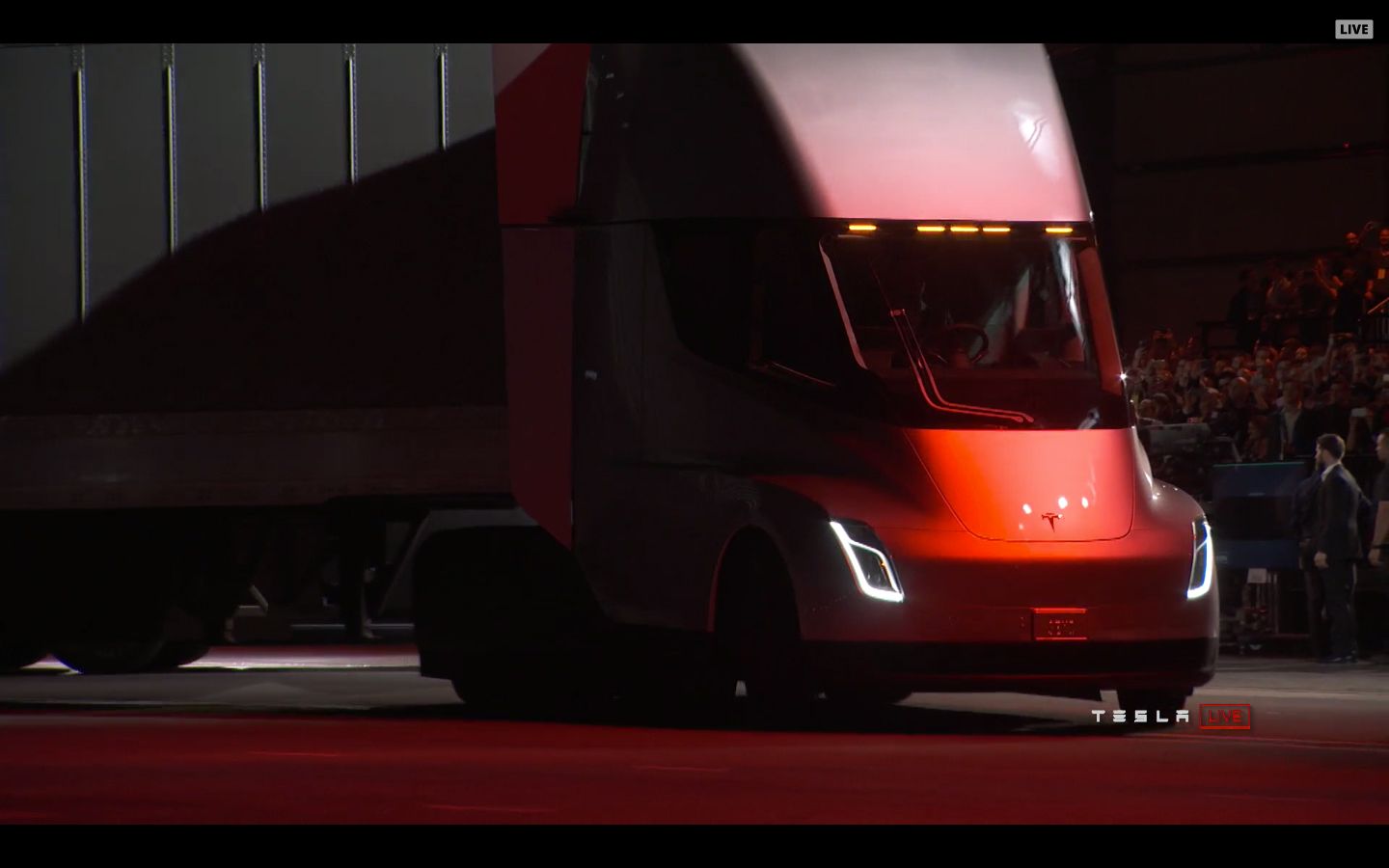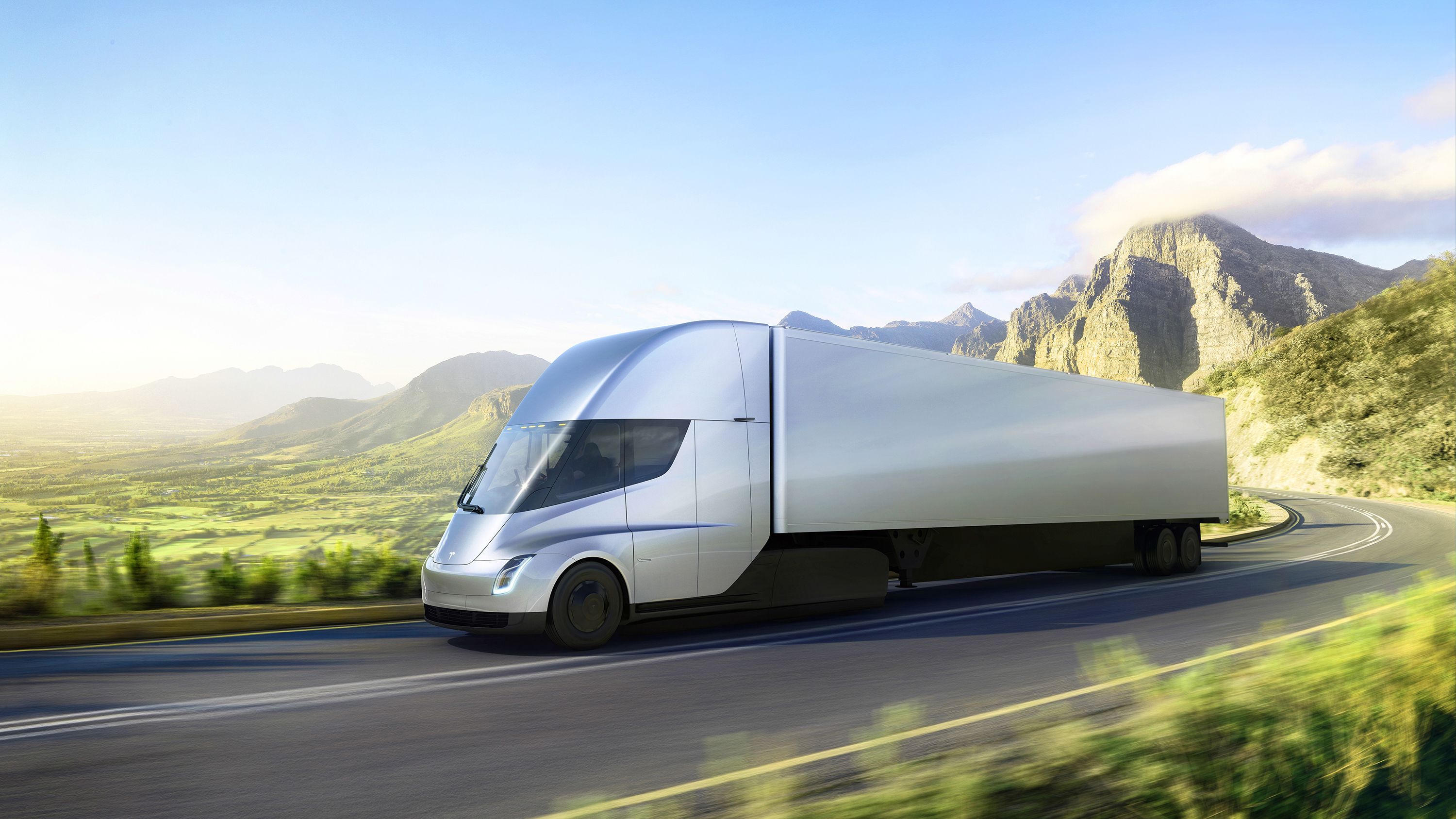People have major range anxiety when it comes to passenger EVs; so you can imagine how commercial truck operators must feel about electric cargo haulers. Back in 2017, Musk had said that the upcoming commercial Semi would achieve as much as 500 miles of range on a single charge. It seemed almost impossible back then, but battery technology has taken huge strides. Three years later, Tesla is now talking about a 600+ miles range. Does it still seem unbelievable? I don’t think so.
This Is Much More Than Tesla’s Earlier Announcement
The 500 and 800 kilometers figures are in accordance with Musk’s earlier claims - 311 miles and 497 miles. 40 metric tons translates to 88,200 pounds, approximately, which is well over the U.S. weight limit of 80,000 pounds. But these things aside, the 1,000-kilometer range (621 miles) is a new development.
This could only mean bigger battery packs, but that results in extra weight. Musk threw light on this as well and said, “You are able to carry basically the same cargo as a diesel truck. We think that maybe there’s a 1-ton penalty. Maybe. At this point, we think that we can have less than 1-ton cargo reduction and we think long term it’s going to be zero cargo reduction for electric trucks.”
The Semi Will Feature Tesla’s New 4680 Cells
As for the info on the battery itself, Elon confirmed that the Semi will make use of Tesla’s new 4680 cells. Tesla introduced this at the ‘Tesla Battery Day 2020’ event. The name is derived from its dimensions – 46mm by 80mm. The cell is said to be bigger than Tesla’s previous cells. All battery cell manufacturers face a problem when creating bigger cells, thus limiting their capacity, but Tesla countered it by creating the first tabless cylindrical cell design.
These 4680 batteries offer six times the power, five times the energy capacity, and 16-percent more range. Tesla didn’t mention anything about the improvement in energy density, however, it did state that this results in a 14-percent cost reduction per kWh at the cell form factor level. So, we don’t know if the Semi will be any more expensive, but we do know what will power it.




